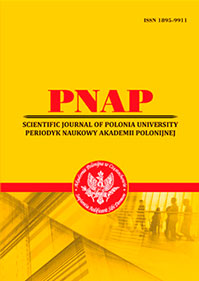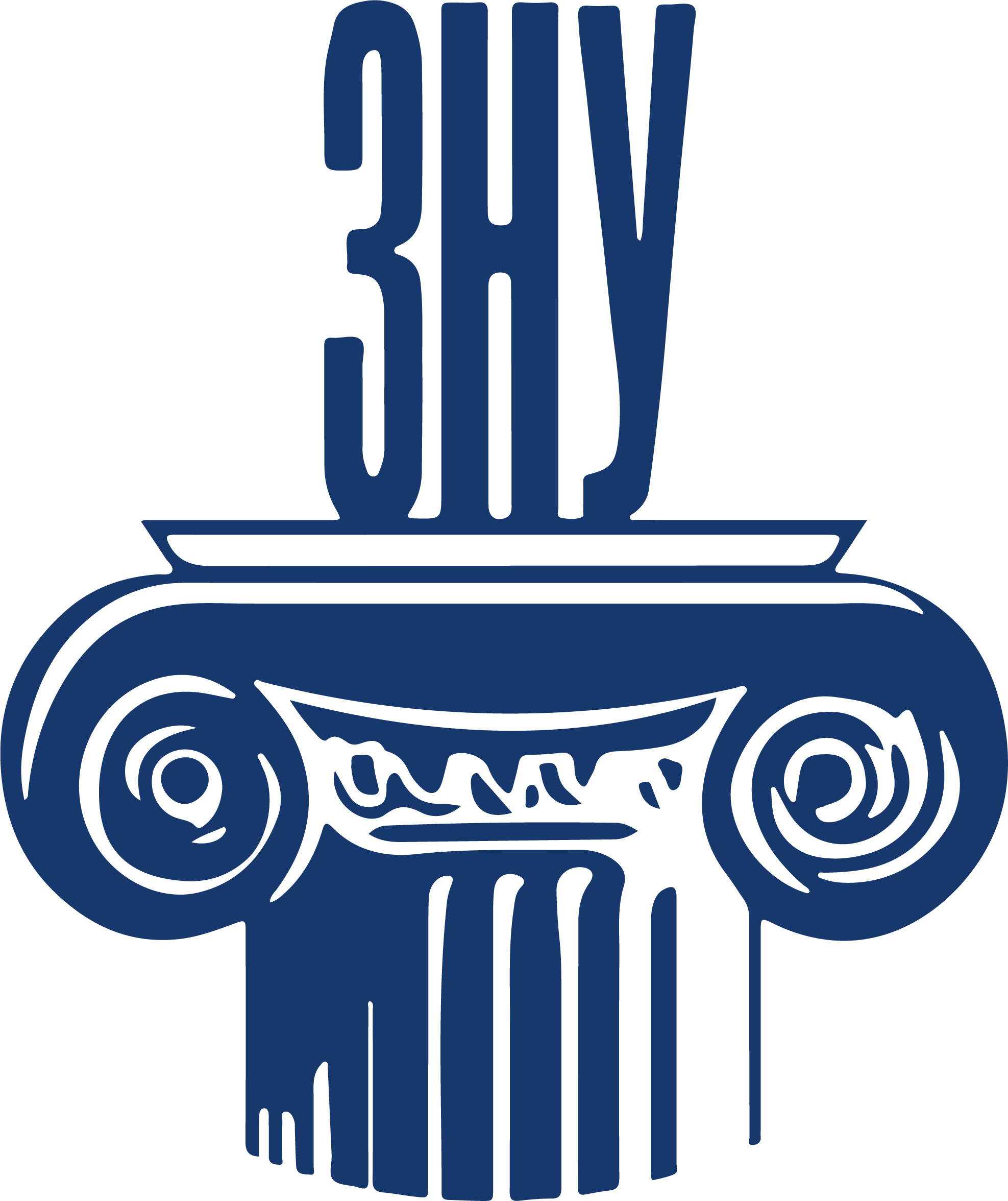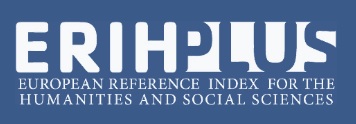THE APPLICABILITY OF THE CONCEPT OF “REALIA” IN CHINA FROM THE PERSPECTIVE OF CULTURE TURN IN TRANSLATION STUDIES
Abstract
Translation Studies, as a modern discipline, have become increasingly important in the fields of Humanities, Arts, and Social sciences in China. Following the First Opium War, many Western works –in both science and technology as well as literature – were translated into Chinese. When translating foreign works, there were significant vocabulary gaps in Chinese, largely due to the relatively underdeveloped state of Chinese society and limited communication with Western cultures. To address these gaps, many new words were introduced into the Chinese language through translation, which have since become an essential part of modern Chinese. Some of these newly created words carry specific cultural colors and serve as important focal points for research in cultural translation.In Chinese Translation Studies, the research on culture-specific words is significantly influenced by relevant Western theories, including terminology usage, research methodologies, and research approaches. At present, the world’s Translation Studies is still mainly in the “cultural turn”, the academia of Translation Studies in China has also transitioned its approach to studying these culture-specific words in translation from a linguistic approach to a cultural turn, leading to increased attention on the external factors affecting the language in translation.Literary works often embody significant elements of national culture, and the translation of literary works plays a crucial role in transmitting that culture. National culture reflects the essence of national characters. In the context of the global resurgence of national consciousness influenced by globalization, there has been increasing attention on research on translating culture-specific words in literary works. In this context, the concept of “realia”, which emphasizes the inherent “subjectivity” of culture, becomes particularly relevant. Therefore, it is essential to incorporate the concept of “realia” into Chinese Translation Studies. Doing so will provide a theoretical foundation that aligns with contemporary developments in Translation Studies, benefiting the translation research of both foreign literary works into Chinese and Chinese classical literature into foreign languages.
References
2. Зорівчак Р. П. Реалія і переклад (на матеріалі англомовних перекладів української прози). Львів,1989. 216 с.
3. Bassnett, S., Lefevere A., eds. Translation, History and Culture. London and New York : Pinter, 1990. 133 p.
4. Bassnett S. The Translator as Cross-Cultural Mediator. The Oxford Handbook of Translation Studies / Kirsten Malmkjær, and Kevin Windle (eds). 2012. https://doi.org/10.1093/oxfordhb/9780199239306.013.0008 (accessed 13 Sept. 2024).
5. Benjamin W. The Task of the Translator. Theories of Translation: An Anthology of Essays from Dryden to Derrida / Rainer Schulte & John Biguenet (eds.). Chicago & London : The University of Chicago Press, 1992. pp. 71–82.
6. Damrosch D. What Is World Literature? Princeton & Oxford : Princeton University Press, 2003. 344 p.
7. Derrida J. What Is a “Relevant” Translation? Critical Inquiry. 2001. Vol. 27. № 2. 177 p.
8. Fokkema D. Issues in General & Comparative Literature: Selected Essays. Calcutta. 1987. esp. “Cultural Relativism Reconsidered: Comparative Literature and Intercultural Relations” (pp. 1–23), “The Concept of Code in the Study of Literature” (pp. 118–136).
9. Fokkema D. “World Literature”, in Roland Robertson & Jan Aart Scholte (eds.), Encyclopedia of Globalization. New York & London: Routledge, 2007. 1290 p.
10. Miller, J. Hillis. New Starts: Performative Topographies in Literature and Criticism. Taipei: Academia Sinica, 1993. 149 p.
11. Teng Ssu-yu., Fairbank J. K. China’s Response To The West: A Documentary Survey, 1839–1923. New York: Atheneum, 1973. 296 p.
12. 常敬宇. 汉语词汇与文化. 北京: 北京大学出版社. 1995. 211 p.
13. 陈喜荣. 从功能语法语境理论看文化负载词的翻译. 四川外语学院学报. 1998. № 1. pp. 96–100.
14. 方梦之. 译论研究的综合性原则. 中国翻译. 1996. № 04. pp. 3-6+20.
15. 郭爱先. 词汇空缺及其可译性. 解放军外语学院学报. 1998. № 5. pp. 43–45; 67.
16. 何秋和. 论空缺与翻译理论. 中国俄语教学. 1997. № 2. pp. 50–53.
17. 胡文仲. 跨文化交际学概论. 北京: 外语教学与研究出版社. 1990. 209 p.
18. 李林波. 回顾与反思——在中国翻译学的建设之路上. 外语教学. 2005. № 6. pp. 79–82.
19. 李向东. 俄语篇章理解中的空缺及解决方法.中国俄语教学. 1993. № 3. pp. 3–7.
20. 廖七一. 当代西方翻译理论探索. 南京: 译林出版社. 2000. 327 p.
21. 刘宓庆. 新编当代翻译理论. 北京: 中国对外翻译出版公司. 2005. 314 p.
22. 陆扬. 文化研究概论. 上海: 复旦大学出版社. 2008. 328 p.
23. 梅立崇. 汉语国俗词语刍议. 世界汉语教学. 1993. № 1. pp. 33–38.
24. 谭载喜. 翻译中的语义对比试析. 中国翻译. 1982. № 1. pp. 6–10.
25. 王德春. 国俗语义学和《汉语国俗词典》. 辞书研究. 1991. № 6. pp. 8–16.
26. 谢天振.论文学翻译的创造性叛逆. 外国语. 1992. № 1. pp. 32–39; 82.
27. 谢天振. 当代国外翻译理论导读(第二版). 天津:南开大学出版社, 2018. 507 p.
28. 许国璋. 社会语言学及其应用.外国语教学. 1978. № 3. pp. 89–102.
29. 许国璋. Culturally loaded words and English language teaching. 现代外国语. 1980. № 4. pp. 19–25.
30. 张南峰. 艾克西拉的文化专有项翻译策略评介. 中国翻译. 2004. № 1. pp. 20–25.
 ISSN
ISSN 


.png)



